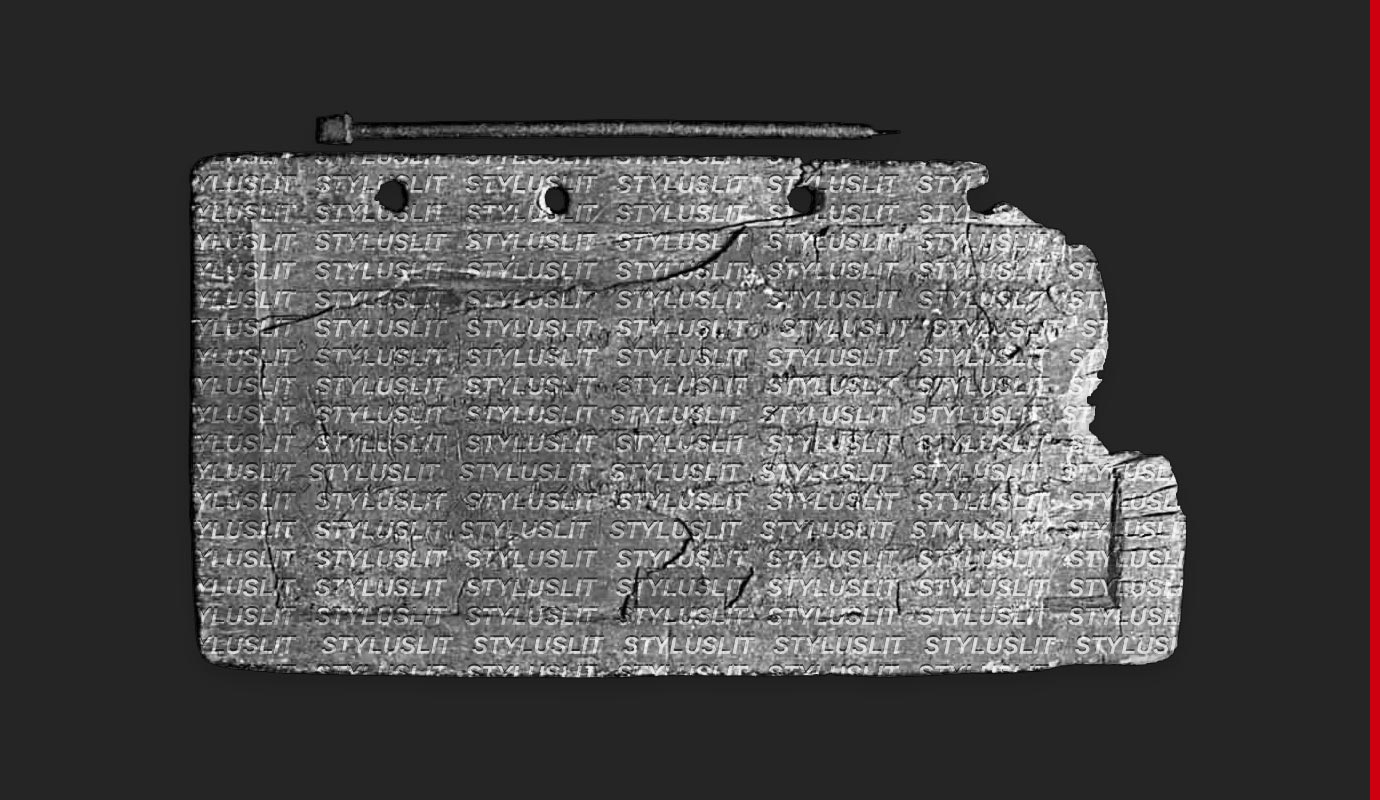The Kyoto railway station, like others of its kind, is the place where
you are sure to come across the greatest number of foreigners. Each of
them goes his or her own way, at a pace more or less hurried, and each
inhabits the space in their own way too, without any order or se-
quence, logic or priority except that of arriving safely. Waiting and
boredom coexist with urgency, creating unusual tempos and erratic mi-
gratory flows, even though we are a long way from the relentless
crowds encountered at Tokyo’s Shibuya Crossing. Even within this cos-
mopolitan architectural space, designed by Hiroshi Hara, the Japanese
– so fond of domestic tourism – outnumber the foreigners. Admittedly,
this building is not as spectacular as the same architect’s Umeda Sky
twin towers, but at the same time it is no less impressive than the flu-
id steel and glass lines of Kanazawa Station. But now, as you set about
obtaining your ticket, a difficulty emerges as distracting as a small
stone in your shoe: speaking English is not a skill universally possessed
by the ticket-sellers. Apologetically, you improvise a mime so as to be
understood as best you can. In this sanitized, clean universe, peculiar
to public spaces conceived by contemporary architecture, people per-
form an urban, railway station ballet as their steps — determined, er-
ratic, weary, indecisive, contemplative, or even idle – jostle one an-
other. But at this moment, each of them is engaged in printing out a
sense of direction for their life.
Translated by Kevin Lane and Dr Christopher Ringrose.
